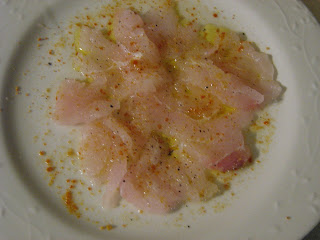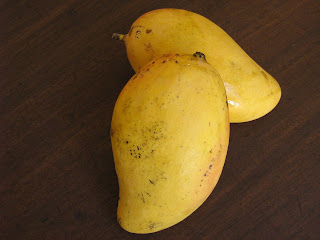Château Percey was in a state of disuse and disrepair before a Dutch family bought it and undertook the renovation process. This is a major undertaking as I remember well from my own experience as the construction project coordinator for renovations to Canada’s Chateau Laurier and Royal York hotels. In old buildings you never know what unforeseen challenges might beset you. To do a project of this size on a personal level is impressive indeed. We were given a tour to get some idea of the state of the size and scope of the project in addition to the outcome in the form of wonderfully renovated gîtes. The Château Percey renovation will be an amazing reflection of their family history while still respecting aspects of the local and historical culture of the château.
La Châtelaine, Lara Lunow, capably managed logistics, preparation and catering the ‘soirée dinatoire’ for our group of 30+ adults and children. Lara also provided us with recommendations for gîtes nearby, as we were too numerous to all stay in the Château. I chose Les Champs Mélisey, where several of the group stayed. Everyone appreciated their large, lovely rooms and the warm hospitality of our hosts, Dominique and Henri Ogier.
One course of the diner at Château Percey was “Millefeuille de betterave” or layers of beets separated with a soft white cheese mixture. I do not have La Châtelaine’s recipe for it but here is my version.
Mini Towers of Beets and Goat’s Cheese
Serves 4
300 g (10 oz) fresh goat’s cheese or mascarpone
4 medium beets, cooked and thickly sliced*
Zest of 1 orange + juice of ¼ orange
1 branch of mint leaves, finely chopped
1 branch of basil leaves, finely chopped
4 chives, finely chopped
1 clove garlic, minced
Salt and freshly ground black pepper
In a bowl, mix together goat’s cheese, salt, pepper, garlic, orange zest and juice. Add mint, basil and chives; stir into the cheese mixture.
Build 4 towers of beets, separating each slice of beet with a layer of cheese mixture, ending with a slice of beet.
*Beets should be chilled before assembling so that the cheese does not melt and cause the towers to lean.

